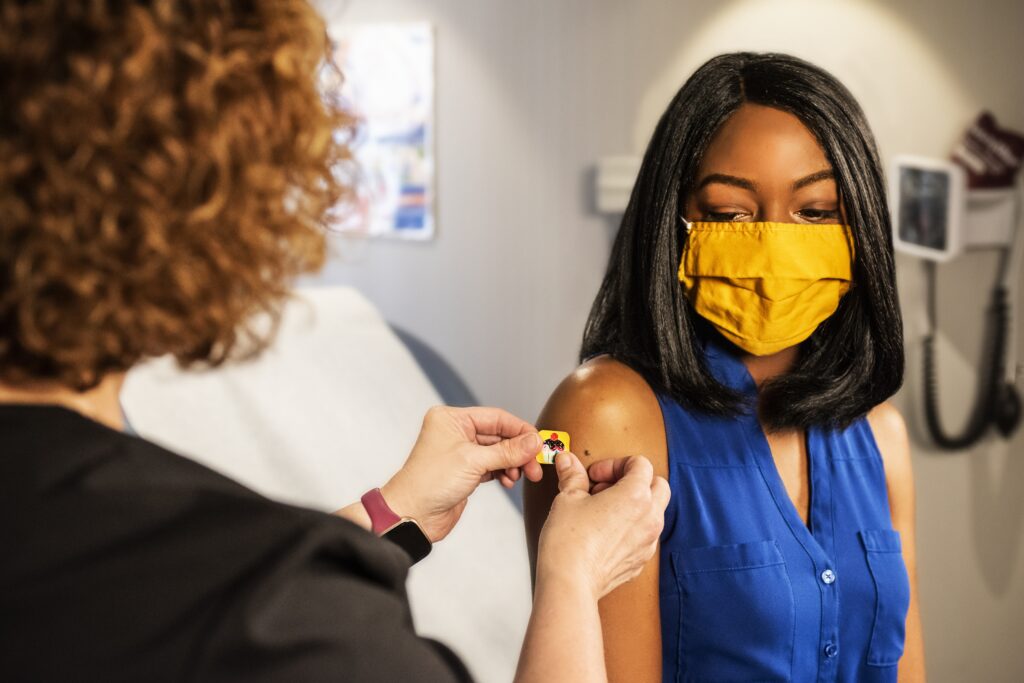
Vaccines are starting to roll out—some people have even had 2 doses. Where are we now in the Coronavirus pandemic?
As states are administering vaccines many people wonder how the mRNA technology in both the Pfizer and Moderna vaccines work. A great place to find out more about how mRNA vaccines create immunity can be found at the Centers for Disease Control (CDC) It’s a one-page summary, so very easy to read. After injection, the mRNA vaccines, the only kind being administered currently in the U.S., the host cells make a specific virus spike protein (or antigens). The cells then process and present the antigens to the immune system, which causes protective responses in the body like antibodies or cellular immunity. It is these responses that can prevent or decrease the severity of contracting the Coronavirus.
The Good News
All of this is good news and will hopefully continue to bring the infection rate and ultimately the death rate down. At this point, masking and distancing are still very important to reduce the spread of SARS-CoV-2 and any variants. Several reasons for this exist.
Even after you have received your second shot, your body will still need several weeks to be achieve protective immunity. In those weeks, you can still become infected with the virus. Also, we still do not know who long the vaccine protects the body after the shot. This virus is new, and we have much to learn about its effects. Most data from people who get sick from the virus seem to indicate about 6 months of protection, possibly more. Scientists hope the protection from the vaccine will be longer than six months, but we need more time to know this through research. Another reason to continue masking and distancing is that both the Pfizer and Moderna vaccines are reported to have 94-95% efficacy during clinical trials. Research is being conducted on what the real-world efficacy rate will be. We are also seeing, as expected, variant strains of the virus, and while the current vaccines appear to work well for the variants, scientists are still collecting data.
You can find more information about why we should continue safety precautions until more data is available, here. We are living in a time where researchers are constantly learning about a previously unknown virus. While they are gaining knowledge and information every day, one year is still early in this process. The vaccine for polio took about 20 years to develop. To have a vaccine in one year is an amazing feat. It’s an important thing to remember when you are missing contact with others, and your ears ache from wearing a mask for longer than you want.






